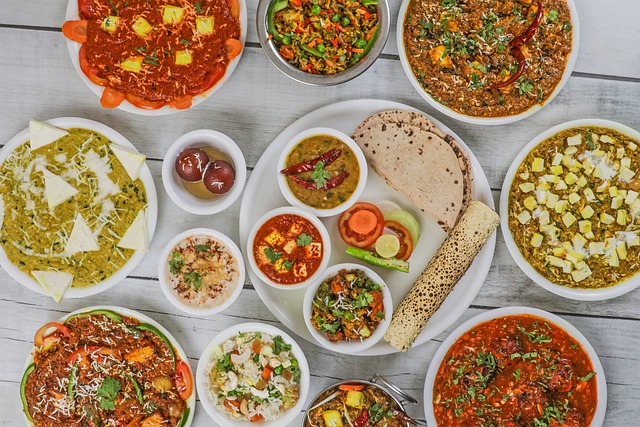
When we talk about Indian cuisine, it cannot be restricted to a particular cooking technique. After every few miles, you will find something different to experience even in the same dish. India has a long history of invasions and trades that brought numerous ingredients to the current recipes. A lot of popular native Indian dishes are not actually from India. Once a recipe gets popular, Indians improvise it with their native ingredients and completely change the identity. The most recent example of this food evolution is dim sum. This tempting dish is originated from Nepal & Tibet but transformed a lot after introducing as native Indian street food. You can get their roasted and gravy versions easily from many local restaurants or street vendors. Below is some interesting information about native Indian dishes that you should know.
Popular Native Indian Dishes That Are Not Indian Actually
There is a long list of popular dishes in Indian cuisine having foreign origins. As we mentioned above, Indians have adopted and improvised many recipes and now they have become native recipes. Enlisting some of them below:-
- The popular filter coffee of South Indians is originated from Yemen.
- Samosa, the potato-filled crunchy snack is basically from Middle-east.
- One of the most popular North Indian dish “Rajma” (kidney beans) was actually introduced by Portugals.
- The popular Indian dessert “Jalebi” is another adoption from the Middle East.
- Persians were the first introducers of “Naan” bread to India during the colonization period.
- The traditional Indian food “Chicken Tikka Masala” has its roots in Glasgow, UK.
- Even tea, the first love of every Indian was also sourced from China by Britishers. Soon, Indians adopted it and improvised with their native ingredients.
Mandatory Spices For Traditional Indian Food Cuisine
Over the thousands of years of evolution in food preparation, Indians have adopted various native as well as foreign spices. Below is a list of must-have spices to buy for native flavors:-
- Turmeric
- Cardamom
- Cumin
- Mustard seeds
- Coreander seeds
- Fresh curry leaves
- Tamarind
- Fennel seeds
- Ajwain
- Fenugreek seeds
- Bay leaves
- Asafetida
- Star asinine
- Dried red chilies
These spices are compatible with both non-vegetarian and vegetarian Indian dishes of different regions.
Some Interesting Facts about Native Indian Food Dishes
- No other country produces such a large variety of spices as compared to India. Spices were the main reasons for attracting foreign traders in medieval history.
- Basic native Indian dishes ingredients tomato and potato were brought to India by the Portuguese.
- Right now, more than 80,000 places are serving with an Indian restaurant menu in the USA.
- native Indian dishes are classified into six flavors i.e. sweet, salty, sour, bitter, spicy, and astringent.
- There is a scientific food classification system in Indian cuisine including three categories i.e.
- Saatvic (fresh vegetables and juice)
- Raajsic (oily and spicy food)
- Taamsic (Meat and liquor)
Delicacy in food preparation and its classification was way ahead of time in India. From North Indian to South Indian foods, one can have countless options to try. For food bloggers, this country is a mine of quality content. You can enjoy native original flavors of famous foods in India even in the cheapest restaurants or local food stalls.
Source: BBC Travel